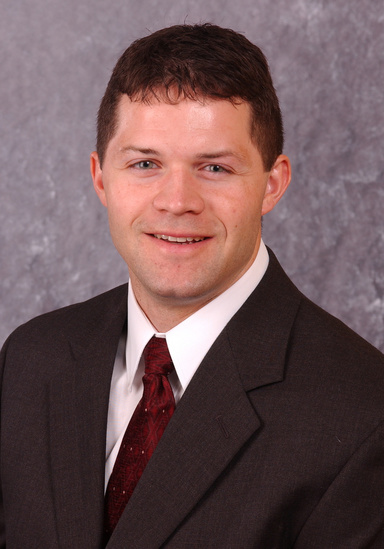On Election Day, when voters step to the polls and cast their ballots, not many are likely to wonder how the voting machines got there in the first place.
But someone had to deliver them, and that’s not as easy as you might think. State and federal laws require optical scan voting machines that are larger, heavier, and more difficult to transport than the collapsible ballot box of old. In metropolitan areas, thousands of these machines have to be loaded onto trucks and transported to hundreds of precinct locations. Something as seemingly insignificant as an unforeseen traffic jam or too many red lights can result in a missed delivery time, possibly leading to delays and longer voting lines on Election Day.
But getting the machines to the polling places too early can also increase the risk of voter fraud, because the more time voting machines sit around before the polls open increases the possibility they could be tampered with.

“There are numerous factors that play into distributing optical scan voting machines to polling places,” says Jeffrey Ohlmann, an associate professor of management sciences in the University of Iowa Tippie College of Business and an expert in operations research. “The number of voting machines, the number of polling locations requiring machine deliveries, and the number of trucks available to distribute them in a cost effective way are just the start of the analysis.”
That was the situation facing Hamilton County in Ohio in 2006, the county’s first election using the new, heavier machines. The county’s Board of Elections contracted Ohlmann and Michael Fry, a colleague from the University of Cincinnati, to develop the most cost-efficient model to distribute thousands of optical scan voting machines to 531 polling places in and around Cincinnati in the days leading up to the May 2006 primary election.
Ohlmann and Fry had to overcome several unknowns in their work. For a given set of polling locations, they had to determine how to deliver the voting machines using the fewest number of trucks driving as few miles as possible to save money. One complicating factor was that each delivery had to be made at a time when the poll worker would be available to accept and secure the delivery at each location.
For the May election, poll workers for each precinct specified the day and time (typically a one- to four-hour time window) during which they would be available. To ensure delivery during these specified time windows, Ohlmann and Fry had to appropriately factor in traffic to accurately estimate travel times.
The poll workers’ delivery day and time specifications greatly complicated the development of a voting machine distribution plan, though, so Ohlmann and Fry worked with election officials to solicit more flexible time windows from the poll workers for the general election in November 2006.
While dictating delivery times and days would result in the least costly distribution plan, Ohlmann says that this wasn’t possible because some polling locations cannot easily accept delivery at certain times, and some poll workers’ schedules are inflexible.
“In the end, we compromised with the poll workers,” Ohlmann says, and a new protocol with more flexible delivery windows was developed. Ohlmann conservatively estimates that the new protocol resulted in one fewer truck and five percent fewer miles traveled for the general election.
In addition to the distribution of voting machines, Ohlmann is using his operations research expertise to try and improve other facets of election administration so that voters can more easily cast ballots. For instance, by using operations research to more accurately project voter turnout and to account for voter arrival patterns, election officials can better allocate the limited number of voting machines to precincts with greater anticipated need. This shortens lines and increases voter participation.
Ohlmann also says that operations research can potentially increase the equity and openness of elections by reducing the opportunity for election officials to distribute machines in a way that favors certain parties or candidates.
“If you use an analytical formula based on accepted facts to develop an allocation and distribution plan, and this objective plan varies significantly from one actually devised and implemented, it definitely raises questions about why,” he says.
Some of Ohlmann’s work with the Hamilton County Board of Elections can be found in the paper "Route Design for Delivery of Voting Machines in Hamilton County, Ohio," that was published in the journal Interfaces in 2009.